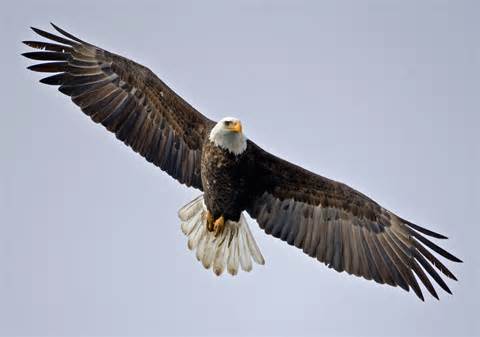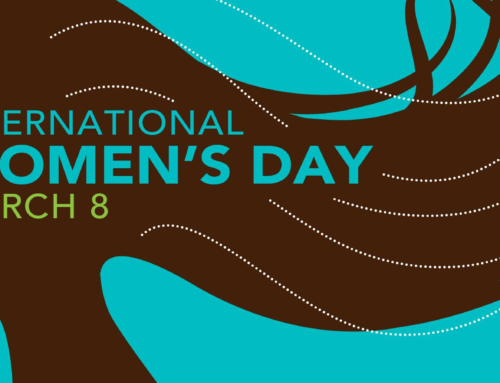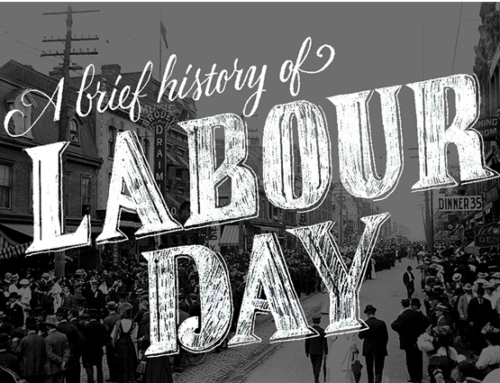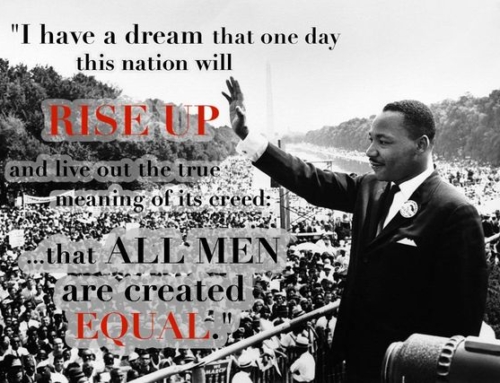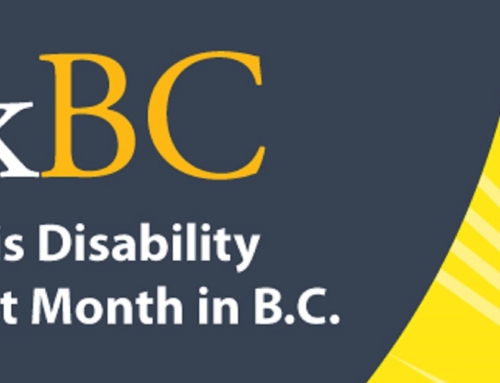June Blog – Aboriginal People: a synopsis
National Aboriginal History Month: June
National Aboriginal Day – June 21, 2016
Acknowledgement: The Writer is deeply indebted and honoured to the Aboriginal People in sharing their culturally rich and diverse history. The Writer wishes to pass on this profound and inspirational research to you, the Reader. The hope is this will enrich lives, promote healing and love within our communities.
TERMS OF REFERENCE:
The term Aboriginal People refers to the indigenous inhabitants of Canada when describing in a general manner the Inuit, First Nations (Indians) and Métis people.
The First Nations are the various Aboriginal peoples in Canada who are neither Inuit nor Métis. There are currently over 630 recognized First Nations bands spread across Canada, roughly half of which are in the provinces of Ontario and British Columbia. First Nations people are often known by other names, like Indians, Natives, Native Canadians, Native Americans, American Indians and Amerindians
The Métis emerged as a distinct people or nation in the historic Northwest during the course of the 18th and 19th centuries. Métis are people of mixed European and Indigenous ancestry, and one of the three recognized Aboriginal peoples in Canada.
The Inuit are the aboriginal inhabitants of the North American Arctic, from Bering Strait to East Greenland, a distance of over 6000 kilometers. As well as Arctic Canada, Inuit also live in northern Alaska and Greenland and Russia. Until recently the Inuit were called “Eskimo.” Now they prefer their own term, “Inuit,” meaning simply “people.” An Inuit person is known as an Inuk .
National Aboriginal History Month
In 2009, June was declared National Aboriginal History Month, in the House of Commons. This provides an opportunity to recognize the contributions of Aboriginal peoples to the development of Canada
National Aboriginal Day
A special day, June 21st, designated to recognize and celebrate the unique heritage, diverse cultures and outstanding contributions of First Nations, Inuit and Métis peoples.
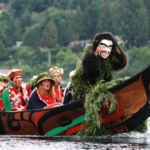
ABORIGINAL PEOPLE OF NEW WESTMINSTER
The Qayqayt First Nation (qiqéyt) (pronounced Key-Kayt), also known as the New Westminster Indian Band, is a band government located at New Westminster, British Columbia. The New Westminster Indian Band – Qayqayt First Nation is recognized by all levels of government, as well as the Assembly of First Nations where they hold delegate status. The Qayqayt First Nation historically spoke the Downriver Dialect of Halkomelem called hən̓q̓əmin̓əm̓, a Coast Salish language.[1] The Qayqayt First Nation is one of the smallest First Nations in Canada and the only one registered without a land base.
EMPLOYMENT FACTS
The Aboriginal Skills and Employment Training Strategy (ASETS) is a Government of Canada program designed to help Aboriginal people prepare for, find, and maintain jobs.
Through ASETS, Aboriginal organizations design and deliver employment programs and services best-suited to meet the unique needs of their communities.
Among Aboriginal people, the top employer of 15% of the core-age workers (aged 25 to 54) in 2009 was the health and social assistance industry, followed by trade, construction and manufacturing. For non-Aboriginal people, trade was the top employer for core-age workers, followed by manufacturing, health care and social assistance, and professional, scientific and technical services
In 2009 recession, the average employment rate for Aboriginal people was 57.0%, compared with 61.8% for non-Aboriginal people. At the same time, the unemployment rate for Aboriginal people, increased from 10.4% in 2008 to 13.9%; comparatively the rate for non-Aboriginal people increased from 6.0% to 8.1%.
Educational attainment also played a role in employment sector. The employment rate among non-Aboriginal people with a completed postsecondary education was higher than that of their Aboriginal counterparts. During the recession, Aboriginal people who had completed postsecondary education were not as affected: their employment rate declined to 79.4%, down 1.8 percentage points from 2008 to 2009. The employment rate for Aboriginal people with less than a high school diploma fell by 5.5 percentage points to 47.7%. Those with a high school diploma and some postsecondary education fared better, as their employment rate declined by 3.3 percentage points to 66.3%.
DID YOU KNOW THAT….
- The Circle of life is nature’s way of taking and giving back life to earth. It symbolizes the universe being sacred and divine. It represents the infinite nature of energy, meaning if something dies it gives new life to another.
- Did you know that the Inuit were the first people to create life jackets? A special garment was made of dehaired sealskins, which was worn when the Inuit hunted whales.
- The Dream Catcher is believed to sort dreams. The bad dreams were caught in the web, while the good dreams flowed through to the dreamer.
- Did you know that ginger root was used for earaches? Other medicines include strawberry leaves and roots that were used to treat fevers, diarrhea, mouth and gum problems
- Did you know that some Native communities developed ways to protect themselves from mosquitoes? The Salish from the West Coast, rubbed wild onions on their skin
- Did you know that the Mohawks invented hockey? The Jesuit priests wrote in their journals hundreds of years ago about how the Native people were playing with a stick and a piece of frozen ice embedded with mud and stones. When one of the players was struck by this ancient puck they would yell out “Aukie!” meaning, ouch. So the Jesuits wrote that the Native people were playing Aukie – and over the years the name of the game was called hockey!
- Did you know that Maple sap was commonly used by the Native American people as a modern day energy drink? Drinking one cup a day for one lunar cycle restored vitamins, minerals and energy that the body needed in order to get ready to plow fields and go hunting
- Did you know that the Native people understood the importance of peace and preferred it in order avoid war whenever possible? They often developed peace agreements with other Native groups who lived nearby.
- Did you know that the West Coast Native people invented totem poles? The images on totem poles were often symbols that represented information about a family group such as the accomplishments and history of the people in the group. Totem poses were often placed outside a home to welcome visitors or used inside to support the structure of a plank house.
- Did you know that Sage, Cedar, Tobacco and Sweet grass are four sacred medicines for cleansing, purification, healing and connecting to the spirit world.
- Did you know that in the traditionally, Shamans performed ceremonies and functioned as healers, prophets and diviners.
- Did you know that Potluck is a synonym of potlatch: potluck is a meal offered to a guest, consisting of whatever is available. Potlatch is a ceremony in which gifts are bestowed amongst Native American peoples of the Pacific Northwest.
- The Shield was considered to have protective spiritual powers for the warrior.
- Did you know that the medicine men (women), knew which herbs and plants to use for healing. They were used to treat many illnesses like headache, fever, cough etc.
- Traditional Aboriginal medicine has many more routes to healing than does Western medicine. Seven routes are commonly mentioned: Talking, Crying, Laughing, Dancing, Sweating, Yawning, and Yelling (giving vent to your feelings, not yelling at someone!).
- The Sweat Lodge ceremony was used for physical and spiritual purification (cleansing). The ceremony was a combination of fire, wood, water and stone.
- Smudging was done for physical and spiritual cleansing. Sacred medicines such as cedar, sage, sweetgrass or tobacco are burned in an abalone shell.
- Sun Dance (a.k.a. Rain Dance, Medicine Dance) is a ritual that celebrates the harmony between man and nature, and spiritual dedication, originally practiced at the summer solstice,
- Pipe ceremony used individually and in groups for prayer, ceremonial purposes and to make a sacred place for the spirits to visit.
- Pow wow is a specific type of event for Native American/First Nations people to meet and dance, sing, socialize, and honor their cultures.
- Medicine wheel symbolizes the interconnection of all life, the various cycles of nature, and the number 4 is sacred to the many Aboriginal peoples: the four seasons, the four parts of a person (physical, mental, emotional and spiritual); the four kingdoms (animal, mineral, plant and human); the four sacred medicines (sweetgrass, tobacco, cedar and sage).
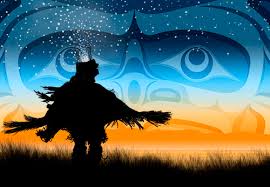
Reference Sources and Material adopted, with thanks, from:
|
Aboriginal Affairs and Northern Development Canada Canadian History Museum First Peoples of Canada Before Contact Canadian Studies Program Canadian Heritage Assembly of First Nations BC Government News Government of BC Work BC BC Stats
|
First Nations Pedagogy UBC: Indigenous arts Google.ca Inukshuk Gallery Documents and Designs: Native American Verses Urban Systems: Reclaiming roots a mothers anguish 7Squaremiles Blog: Two Birthdays, Two Lives First nations in BC Knowledge Network
|
